
Renaissance Man
Theoretical physicist Walter Massey connects art, science, and the city of Chicago at SAIC.
by Adrienne Samuels Gibbs
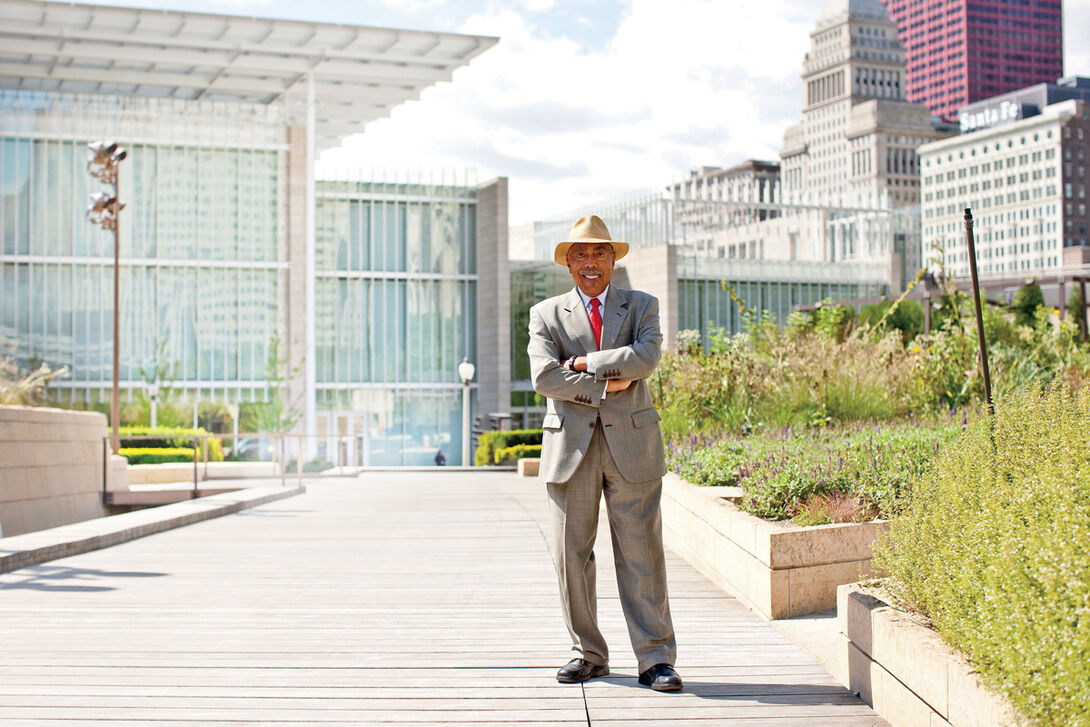
If you ask the outgoing chancellor and former president of SAIC about the legacy he is leaving behind after more than a half decade of groundbreaking service, he gives an unexpected response. His legacy is a journey of collaborating with faculty and staff, says Walter Massey.
A large part of Massey’s impact stems from his teambuilding mindset and ability to read a situation and make use of everyone’s talents.
“I think we did a lot these past seven years,” says Massey, sitting in his corner office overlooking a rainy Monroe Street in downtown Chicago. He shifts in his chair and adjusts a crisply starched shirt that has somehow remained untouched by even a dewdrop. “I do! And, it is we.”
The president can start programs and allocate resources, says Massey, but the faculty make the programs work. A prominent physicist himself, Massey supported faculty who were already working with Argonne Labs, and he led the way to an even deeper engagement between artists and scientists by launching the Conversations on Art and Science lecture series and inspiring a Scientist-in-Residence program.
“I feel pleased about the attention we brought to the overlap between art and science,” says Massey. “The world needs scientists and artists and, by extension, they need each other. My view is that there is a lot of commonality between the way the people in the two fields think about themselves and think about the whole world. They benefit from knowing each other better and working together.”
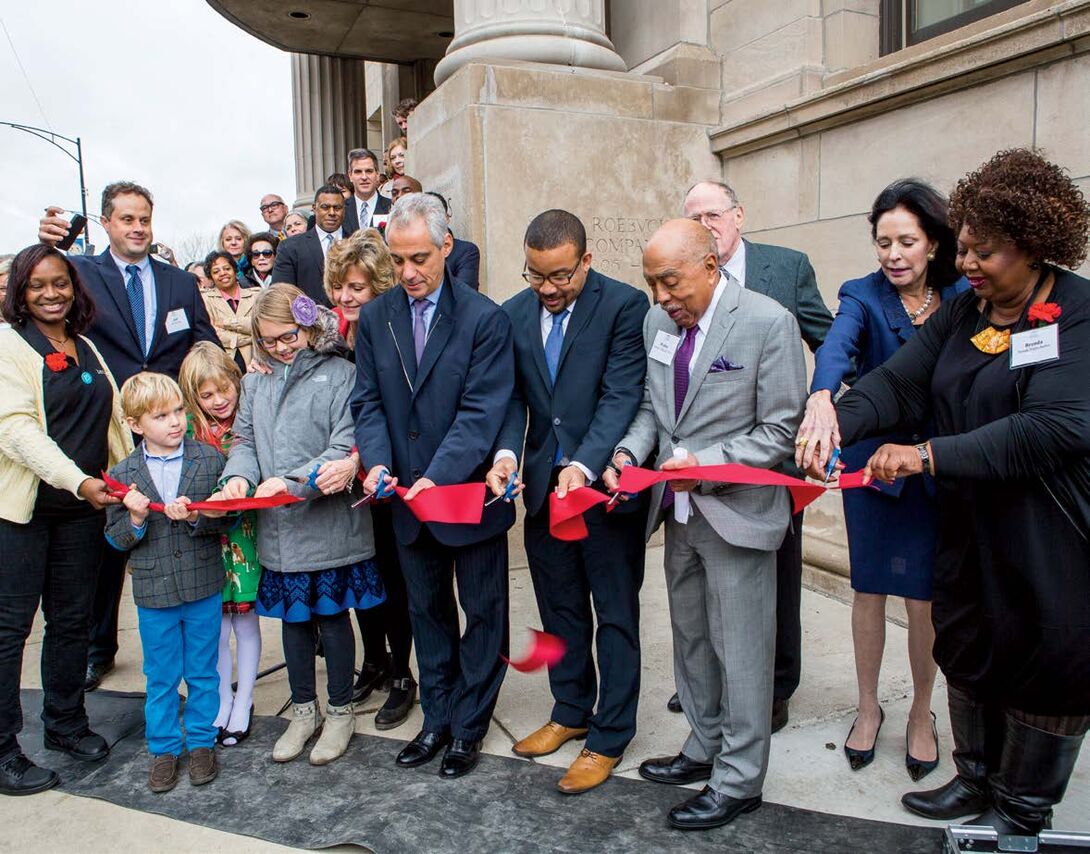
Access and diversity are also high points of Massey’s tenure. Under his leadership, SAIC opened a classroom in the West Side community of Homan Square and began offering free art classes to area residents in addition to opportunities for SAIC students. The College Arts Access Program and the Walter and Shirley Massey Chicago Scholarship fund were created to bring more Chicago Public Schools graduates to SAIC.
Massey is able to support these intersections and increase access to higher education among diverse communities because of his unique history as a theoretical physicist, long-standing leadership in higher education, and his tenure as a lead scientist at Argonne National Laboratories, where he worked twice: in the 1960s, during the heart of the civil rights movement, and again in the 1980s. As an African American physicist, Massey’s experience collaborating with diverse populations at places such as Argonne and at the University of Illinois revealed that exposing more students to math and science careers could also provide a workaround for the kinds of prejudice experienced in many fields.
The world needs scientists and artists and, by extension, they need each other.”
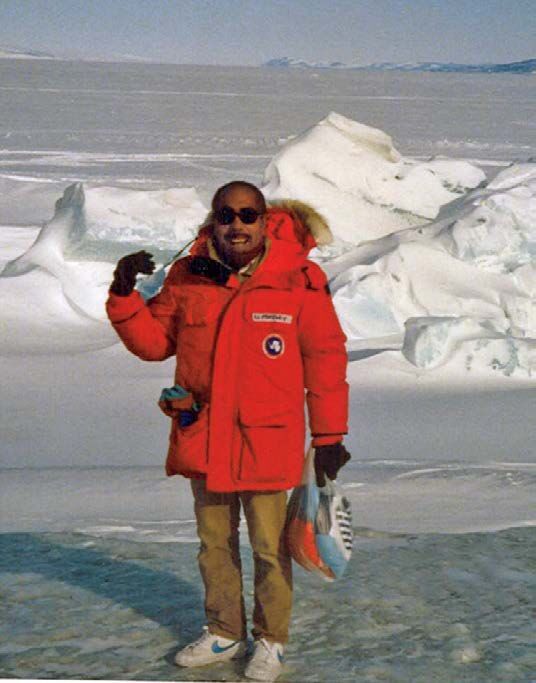
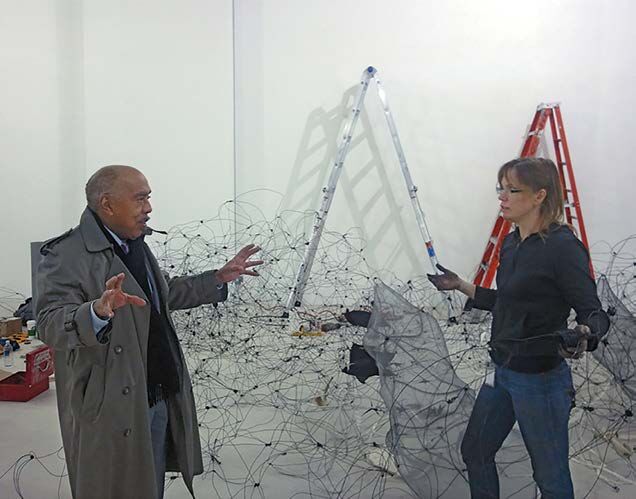
“You have to understand the world of theoretical physics,” says Massey. “There probably were career obstacles, but they were not that prominent. The most difficult thing in doing physics is just to do physics.”
He chuckles. Not to downplay the racism, because it did exist. But his experiences helping students navigate racial issues is partly why he enjoys ushering diverse minds into higher education.
“One of the things I have always felt passionate about is improving access, especially into fields where there’s obvious underrepresentation,” says Massey. “When I came here I found that is also true in art and design. So we created an office of community engagement to bring together a number of things that the School and faculty had already been doing.”
Massey was first offered the job as president of SAIC on an interim basis. When deciding whether to accept, Massey leaned on the expertise of wife, Shirley Massey, who has a desk right outside of the chancellor’s office. “I talked it over with Shirley,” says Walter Massey, adding that she enjoys hosting events and supporting students. And it doesn’t hurt that she’s “a really good fundraiser.” Walter Massey was named full-time president, and then chancellor for a total of eight years of service to the School.
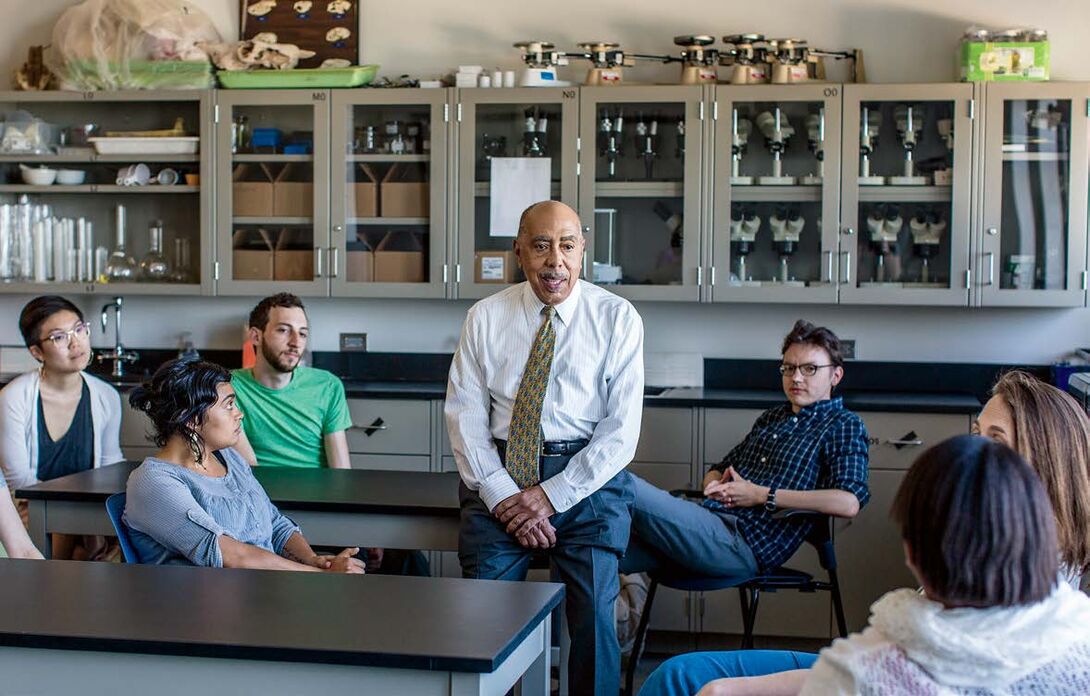
SAIC President Elissa Tenny continues to build on the work that she and Massey started together. Tenny served as SAIC’s provost for six years before taking the School’s helm, working with Massey to strengthen the School’s financial position, increase fiscal transparency, and steward strategic initiatives, including efforts to support diversity among students and faculty.
“Given the breadth of Shirley and Walter’s lives in service to the public good, their biggest contribution is how they bring all their worlds together,” says Tenny. “That’s certainly their lasting legacy to SAIC: bringing the life of the School and the life of the city closer together. They can make a room full of strangers friends and teammates; they unify disparate communities.”
As he prepares to retire in May, Walter Massey already has his next steps in place. He is working with the University of Chicago on a super telescope that will be built in Chile. He also has accepted an assignment, at the request of Chicago Mayor Rahm Emanuel, to chair the board of trustees for the City Colleges of Chicago.
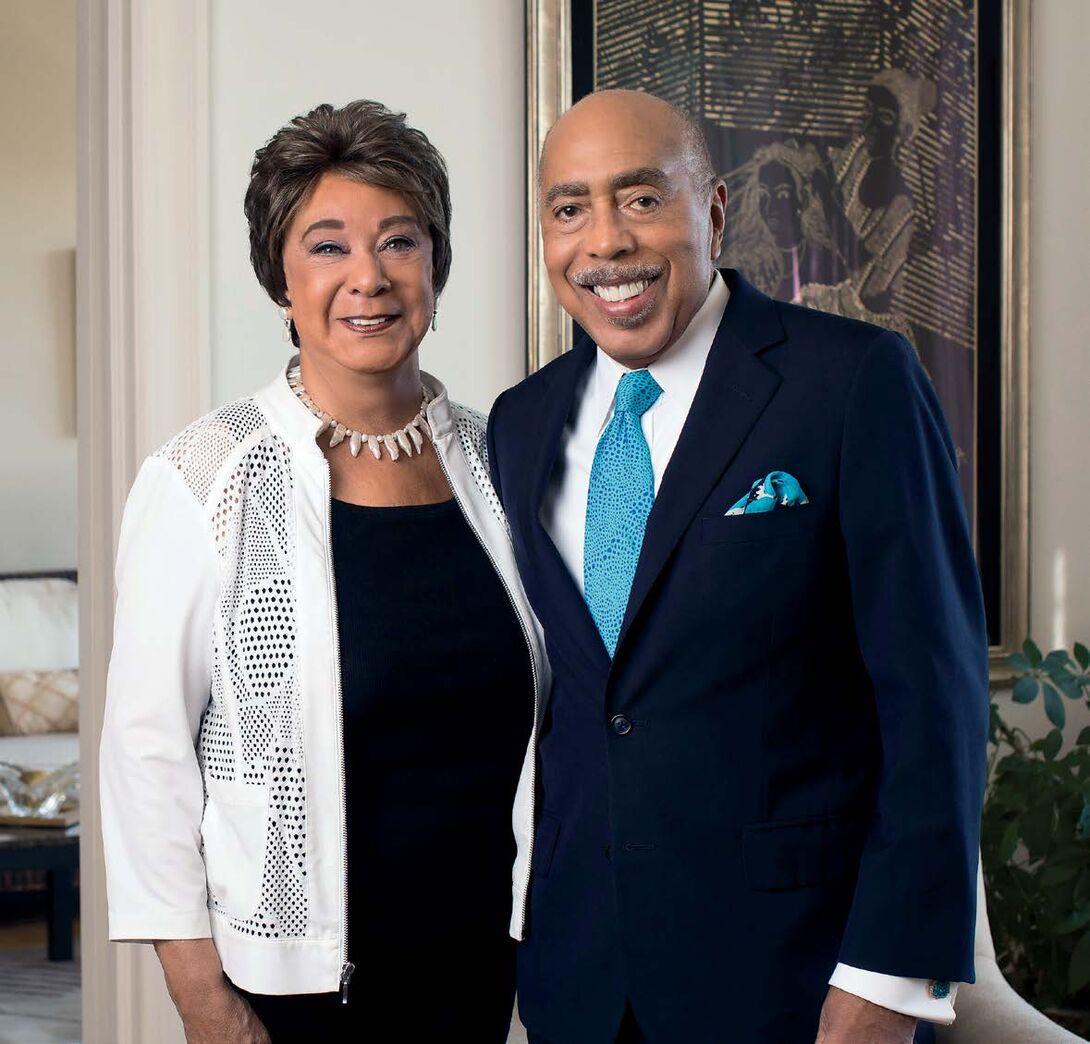
They can make a room full of strangers friends and teammates.
As he prepares to retire in May, Walter Massey already has his next steps in place. He is working with the University of Chicago on a super telescope that will be built in Chile. He also has accepted an assignment, at the request of Chicago Mayor Rahm Emanuel, to chair the board of trustees for the City Colleges of Chicago.
“Looking back at my career, it may look like it all fits together, but I can tell you from living it that there was no plan,” he says. “I can say that you have to be willing to take some risk. Not crazy risks. But some.”
A prominent physicist taking a job at a school of art and design was a risk until the Masseys began to feel, almost immediately, at home. And now Walter Massey hopes his legacy makes this home even more accessible to more people and disciplines. Art really could be the cure for some of society’s ailments, he says.
“Through their work [artists] can educate, arouse, motivate people in certain directions,” says Massey. “Artists can and do make a big difference in the world.”
